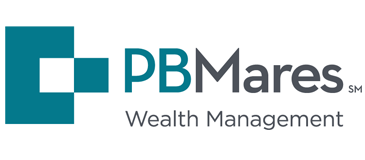Serving on a nonprofit Board of Directors is a rewarding and meaningful way to give back to the community. It’s a labor of love for Board members, though some may not fully understand their fiduciary responsibilities in that role. The Investment Committee in particular is tasked with overseeing organizational assets; this is no small feat.
2018’s State of the Nonprofit Sector Survey found that even then, most nonprofit leaders saw financial stability and full-cost funding as top challenges. Post-pandemic, many organizations saw their funding drop while demand for services soared. Large nonprofits with expenses of at least $1 million were spared from the worst of the funding decreases during COVID-19, with some even experiencing increased donations.
Some organizations also benefited from increased government funding and now have extra cash resources; they may be looking at creating an endowment with that money and are exploring other investment opportunities besides the traditional fixed-rate certificate of deposit (CD).
What’s the Investment Policy Statement, and Why Is It Important?
About the Authors:





